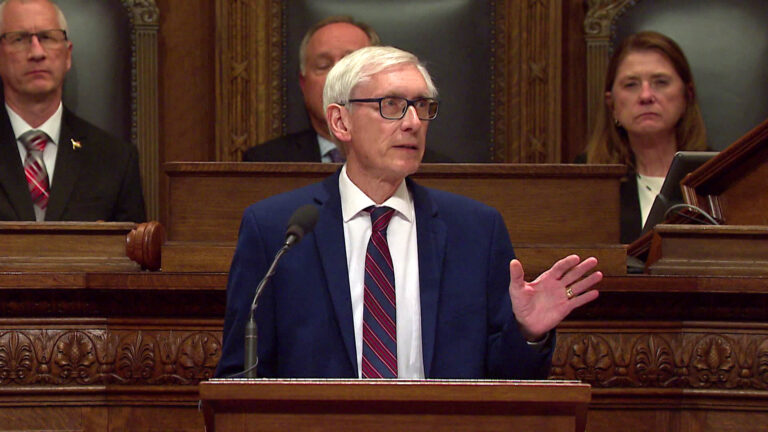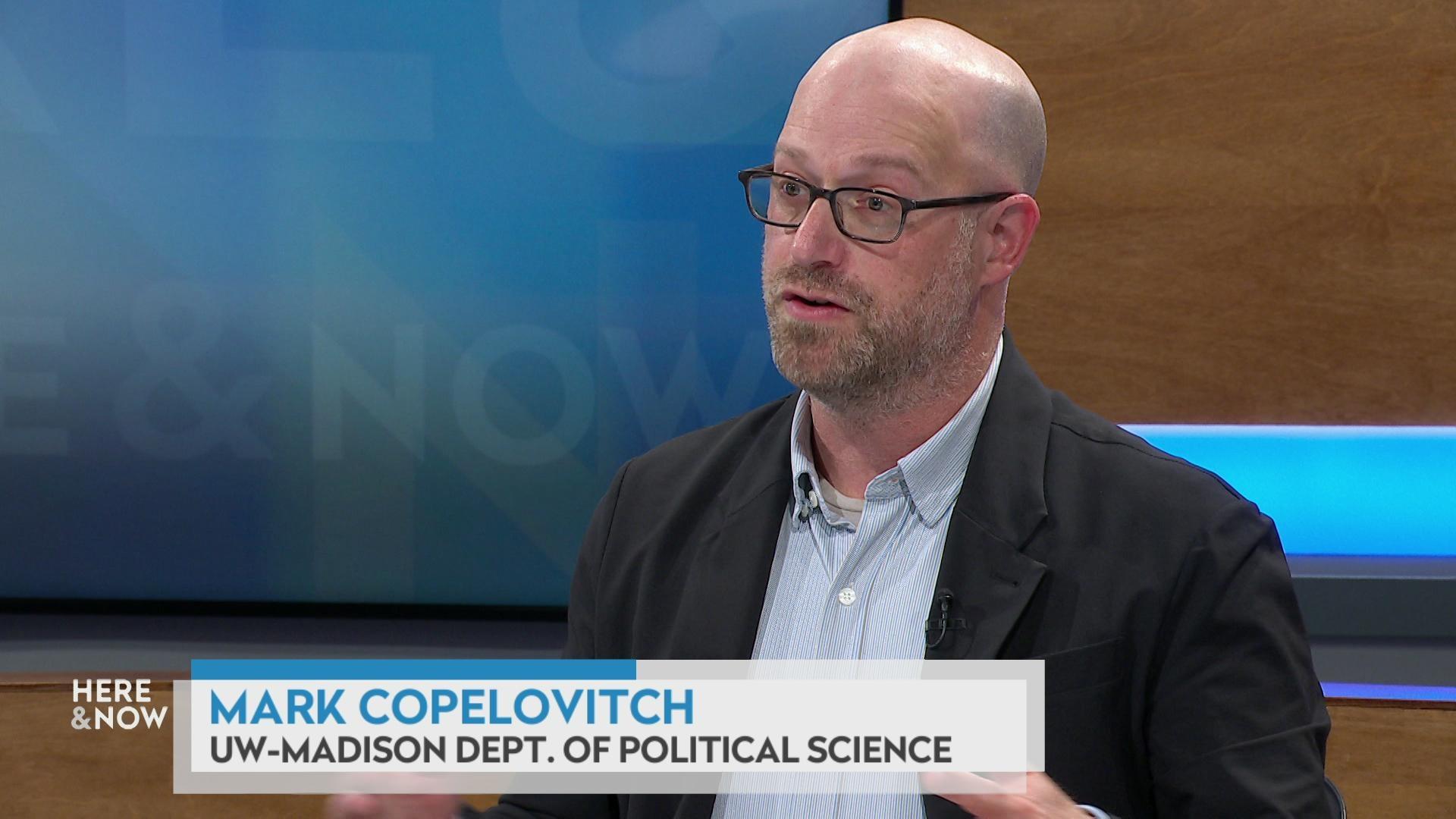Frederica Freyberg:
Despite Omicron emerging as the newest variant of concern, Wisconsin is dealing with Delta. The state has been averaging more than 3,000 new cases of COVID-19 every day, and the number of COVID-related hospitalizations has increased by more than 200 in the last week. For the latest on how the state is managing the growing crisis, we turn to state epidemiologist from the Wisconsin Department of Health Services, Dr. Ryan Westergaard. Thanks very much for being here again.
Ryan Westergaard:
Thank you for having me back.
Frederica Freyberg:
How would you describe the situation with the availability of ICU and other hospital beds in Wisconsin right now?
Ryan Westergaard:
We’re in a dangerous situation. It’s not strictly ICU beds. It is all hospital beds. It’s emergency departments and it is the general availability for bandwidth of healthcare professionals around the state that is very strained. We have very full hospitals which makes it more difficult to give people the highest level of care they need when people need it.
Frederica Freyberg:
Would it be true that the hospital capacity crisis or nearing crisis as described is predominantly a staffing shortage because of COVID patients taking extra care?
Ryan Westergaard:
COVID patients can be quite sick as everyone knows. It can take a lot of resources and the physical space isn’t generally the limiting step. We need to have healthcare professionals who can administer the care, manage ventilators, provide medications and monitor people closely. So yes, generally it’s not physical space, it’s the capacity for our providers, our nurses, physicians and therapists to do the work that they need to do.
Frederica Freyberg:
Governor Evers seeks 100 hospital workers from FEMA and National Guard medics are already helping staff state mental health hospitals, is this enough?
Ryan Westergaard:
We certainly hope so. You know, we — we will never stop. We don’t turn people away who need care. We will always do what we can to provide the best life-saving care that we can. The additional help that we need of course is for Wisconsin residents. There are things we can do to relieve this strain and that is to prevent disease and to do the things we know prevent COVID-19 which are predominantly vaccination, masks, getting tested, social distancing, staying home when you’re sick. Increasingly I’d like to highlight getting influenza vaccine. We’re lagging a bit. Our goal is for 70% of Wisconsin residents to get a flu vaccine every year. We’re only about at a third right now. These are things everyone can do to prevent our hospitals from being full. To prevent yourself from getting sick and needing more care.
Frederica Freyberg:
What is your reaction and response to the fact that so many people are not taking those steps?
Ryan Westergaard:
Well, it’s understandable because these are — everyone is tired of living through a pandemic. Everyone is tired of having to have their life be different than it was in the past. So I have a lot of compassion for people who say that I’m really sick of this and I want life to be back to normal. But what I want people to understand is that we have opportunity to do a really important thing which is to save lives. Over the next few months, it’s going to be really stressful in our hospitals and we have the ability, by taking small steps of being smart about when we’re gathering and getting ourselves vaccinated, to be part of the solution which is to prevent the spread of disease and save lives of people in our community.
Frederica Freyberg:
In terms of the situation in the hospitals, the capacity, was it ever this bad in the first wave of COVID?
Ryan Westergaard:
It’s getting close. The numbers of people hospitalized with COVID is on par with where we were in November and December of 2020. What we hear is that people are generally younger and staying in the hospital for longer. The number of people on ventilators, mechanical ventilation because of respiratory failure is higher than it’s ever been since we’ve been collecting data. So yes, this is unfortunately the virus hasn’t let up and we need to do — we need to continue to do the things to try to mitigate the cases numbers from getting worse.
Frederica Freyberg:
Meanwhile, if Delta is what is crushing Wisconsin right now, what are you learning about the Omicron in the state?
Ryan Westergaard:
There is still a lot to learn. We’ve detected a few cases through whole genome sequencing, fewer than ten at this point. So you’re right. 99 — greater than 99% of the virus circulating is the Delta variant. We’re in a period where we’re going to learn a lot over the next few weeks. The early evidence is that it spreads even easier. So standing across the room a person can be infected if someone is infected in the room. The encouraging news is that we haven’t seen evidence that it causes more severe disease. In most of the people who have been detected of having the Omicron variant, who have been vaccinated have mild symptoms and have not required hospitalizations. So still a lot to learn, but anytime we have a variant that is more transmissible than what is already around, it’s another thing — another reason for concern and we really can’t afford to have a lot more cases than we already have.
Frederica Freyberg:
Indeed. Dr. Ryan Westergaard, thanks very much and thanks for your work.
Ryan Westergaard:
Thank you.
Search Episodes

Donate to sign up. Activate and sign in to Passport. It's that easy to help PBS Wisconsin serve your community through media that educates, inspires, and entertains.
Make your membership gift today
Only for new users: Activate Passport using your code or email address
Already a member?
Look up my account
Need some help? Go to FAQ or visit PBS Passport Help
Need help accessing PBS Wisconsin anywhere?

Online Access | Platform & Device Access | Cable or Satellite Access | Over-The-Air Access
Visit Access Guide
Need help accessing PBS Wisconsin anywhere?

Visit Our
Live TV Access Guide
Online AccessPlatform & Device Access
Cable or Satellite Access
Over-The-Air Access
Visit Access Guide
 Passport
Passport


















Follow Us